It was bad enough when ex-Coldplay fan Gwyneth Paltrow hawked the vaginal steam (“The real golden ticket here is the Mugworth V-Steam: You sit on what is essentially a mini-throne, and a combination of infrared and mugwort steam cleanses your uterus, et al … It is an energetic release — not just a steam douche — that balances female hormone levels. If you’re in L.A., you have to do it”).
 Now, Cecilia Westbrook, an MD/PhD student at the University of Wisconsin, Madison, has decided to see if it was possible to make yogurt from vaginal bacteria.
Now, Cecilia Westbrook, an MD/PhD student at the University of Wisconsin, Madison, has decided to see if it was possible to make yogurt from vaginal bacteria.
Westbrook noted that the most common bacteria found in a healthy vagina was lactobacillus, the same bacteria commonly found in yogurt. She figured she could easily whip up a batch of yogurt just by extracting some of her vagina’s bacteria with a wooden spoon.
Homemade yogurt is traditionally made by mixing a small amount of a yogurt starter culture with some milk and heating it.
However, Westbrook discovered there was not much information on making yogurt with vaginal bacteria — or much information on vaginal bacteria at all, according to an interview she gave to Jezebel.
“I was actually surprised to know that we really don’t know a lot about vaginal flora, There’s really been only one or maybe two big studies and, interestingly, most of the information that we do know about is from white women, which suggests that there might be some indication that people from different ethnic backgrounds might have different flora. I was surprised about how much we didn’t know.”
To do the experiment, Westbrook used three bowls: One with yogurt made with a traditional starter culture, one with just plain milk, one with just milk and her own bodily contribution.
Westbrook left out the batches overnight and awoke to find a decent amount of yogurt in that third bowl, according to Westbrook’s friend, Janet Jay, who wrote the VICE article on the experiment.
Jay said Westbrook’s experiment was done on her own time and not connected with any class assignments. The two attended Carnegie Mellon together a few years ago, but the vagina yogurt experiment has its roots in conversations that started last summer.
“It just started with us riffing on vagina puns, pretty much,” Jay told HuffPost. “It was just a cool weird little experiment for us all to giggle at.”
Theresa Eisenman, press officer at the U.S. Federal Drug Administration’s Center for Food Safety and Applied Nutrition, told VICE that “vaginal secretions are not considered ‘food’, and they may transmit human disease, a food product that contains vaginal secretions or other bodily fluids is considered adulterated.”


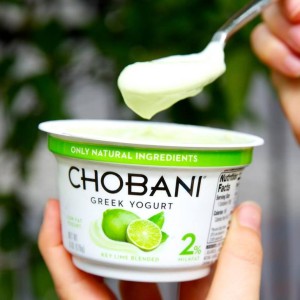
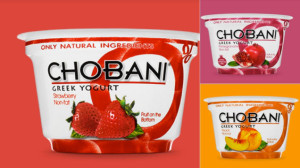

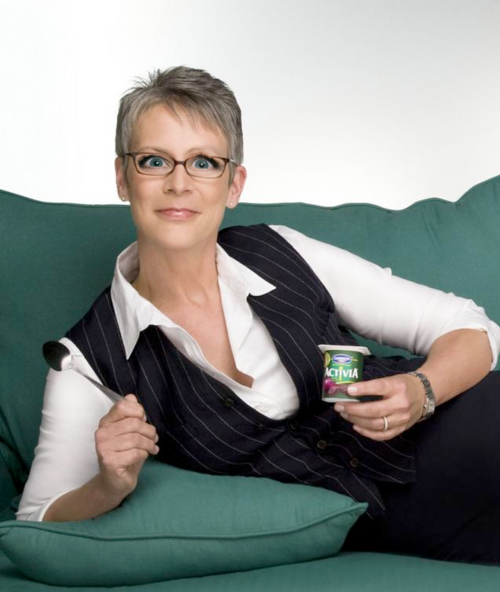 turns a variety of hues depending on how sick you are.
turns a variety of hues depending on how sick you are.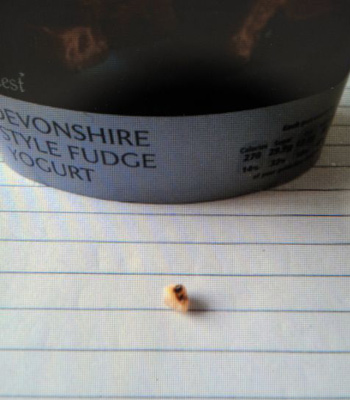 was given a refund.
was given a refund.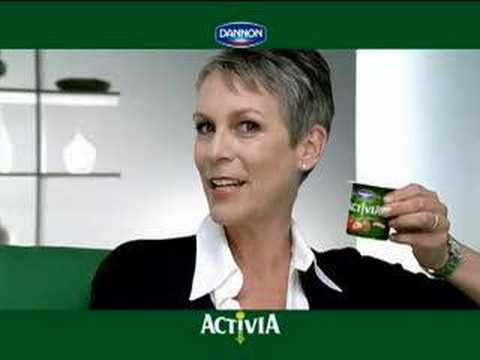 general from 39 states.
general from 39 states.